Descrição
Introdução
As sondas de resistência, também conhecidas como sondas de corrosão, são ferramentas essenciais para monitorar e medir as taxas de corrosão em uma variedade de indústrias em diferentes ambientes. Esses dispositivos funcionam detectando alterações na resistência causada pela perda de material da sonda devido à corrosão. Para que as pessoas possam entender a corrosão do pipeline.
As sondas de resistência são comumente usadas em indústrias como petróleo e gás, processamento químico e alimentos e bebidas. Eles desempenham um papel fundamental na manutenção do pipeline, ajudando a detectar a corrosão mais cedo e evitar possíveis falhas.
Por exemplo, na indústria de petróleo e gás, as sondas de resistência podem ser usadas para monitorar a corrosão em oleodutos, tanques de armazenamento e navios. Na indústria de alimentos e bebidas, eles ajudam a garantir a limpeza e a segurança dos equipamentos de processamento, detectando qualquer corrosão que possa contaminar o produto.
Apesar de suas muitas vantagens, as sondas de resistência também têm algumas limitações. A eficácia dessas ferramentas pode ser afetada por fatores como as características do tubo, o tipo de detritos e o material da própria sonda. No entanto, com o uso e manutenção corretos, as sondas de resistência podem ser uma ferramenta para manter a integridade e a segurança dos equipamentos industriais.
Entendendo sondas de resistência
O que é uma sonda de resistência?
A sonda de resistência é um instrumento especial usado para medir e monitorar as taxas de corrosão em vários ambientes. Ele funciona detectando alterações em sua própria resistência causada pela perda de material devido à corrosão. Isso ajuda a identificar a presença e a extensão da corrosão em estruturas como tubos, tanques de armazenamento e navios, tornando -o uma ferramenta importante para indústrias como petróleo e gás, produtos químicos e alimentos e bebidas.
Montagem da Sonda de Corrosão
Primeiro, conecte o conjunto do plugue à sonda. O selo é representado pela parte branca do plugue da ponte. Esta vedação é contra-thalreada, por isso deve ser aparafusada na direção oposta e depois presa com uma chave inglesa. Em seguida, o plugue montado é inserido na base, geralmente soldado no tubo e apertado. Agora, coloque o escudo na base.
Segundo, observe que o adaptador da sonda possui um entalhe e a sonda em si tem uma teclada. Alinhe essas peças, aperte os fios e aperte a porca superior. A porca é importante porque impede que o adaptador gire durante a operação.
Terceiro, instale um transmissor sem fio e lige -o, certificando -se de que você não está na zona de explosão durante esse processo. Conecte os dois soquetes brancos. Depois de alguns segundos, a luz verde pisca e depois desligará automaticamente. Depois de ligado, a tampa de proteção é colocada no transmissor sem fio e transportada para o local.
Ao chegar ao local, remova a tampa de proteção vermelha do plugue de transmissor sem fio. Alinhe a posição -chave no transmissor sem fio com a posição chave no adaptador. Instale a porca da conexão e aperte com uma chave inglesa. Finalmente, bloqueie tudo com parafusos. Com essas etapas, a instalação de todo o equipamento está concluída.
Uso do Logger de dados portáteis
Primeiro, ligue a potência do tablet e inicie o software Bluetooth Window. Você notará que o software do driver inicia e estabelece uma conexão com o dispositivo. Agora minimize essas configurações.
Em seguida, abra o software EMT e ajuste as configurações da janela para estabelecer uma conexão com o dispositivo. Clique em "Disposition Scan". Quando o dispositivo estiver conectado com sucesso, pare o processo de digitalização e continue baixando os dados.
Agora você tem acesso a dados de diferentes períodos de tempo, que serão automaticamente convertidos em curvas de dados. Você pode clicar na curva de dados para analisá -lo mais de perto.
Além disso, você pode optar por calcular a taxa de corrosão. Selecione um ponto na curva como ponto de partida para a coleta de dados e selecione outro ponto como o ponto final da coleta de dados. Clique em "Cálculo da taxa de corrosão". Parecerá um valor que formará a base para a próxima etapa do processo.
Aplicações de sondas de resistência
Use na indústria de petróleo e gás
Na indústria de petróleo e gás, as sondas de resistência desempenham um papel vital na manutenção da integridade do pipeline. Eles monitoram as taxas de corrosão em tubos, tanques e outros contêineres, permitindo a detecção precoce e a prevenção de possíveis falhas. Essas sondas ajudam a garantir a segurança, eficiência e vida útil da infraestrutura crítica do setor.
Papel na indústria de processamento químico
As sondas de resistência também são importantes na indústria de processamento químico. Eles fornecem dados em tempo real sobre as taxas de corrosão de tanques de armazenamento químico e equipamentos de processamento. Essas informações ajudam a manter a integridade do sistema, impedir vazamentos que possam levar a produtos químicos perigosos e otimizar a vida útil do serviço do equipamento.
Implementação na indústria de alimentos e bebidas
Além dessas indústrias, as sondas de resistência podem ser usadas em uma variedade de indústrias, incluindo tratamento de água, geração de energia e fuzileiros navais. Nas instalações de tratamento de água, elas ajudam a controlar a corrosão de tanques e tubos, garantindo assim a qualidade da água. Nas usinas de energia, elas monitoram a corrosão em caldeiras e sistemas de refrigeração para evitar quebras. No setor de transporte marítimo, eles são usados para monitorar a corrosão de cascos e estruturas offshore, ajudando a melhorar a segurança e a durabilidade.
Outras indústrias que se beneficiam de sondas de resistência
Além dessas indústrias, as sondas de resistência podem ser usadas em uma variedade de indústrias, incluindo tratamento de água, geração de energia e fuzileiros navais. Nas instalações de tratamento de água, elas ajudam a controlar a corrosão de tanques e tubos, garantindo assim a qualidade da água. Nas usinas de energia, elas monitoram a corrosão em caldeiras e sistemas de refrigeração para evitar quebras. No setor de transporte marítimo, eles são usados para monitorar a corrosão de cascos e estruturas offshore, ajudando a melhorar a segurança e a durabilidade.
Conclusão
As sondas de resistência desempenham um papel vital no monitoramento e gerenciamento das taxas de corrosão e são uma ferramenta indispensável para indústrias tão diversas quanto petróleo e gás, processamento químico e alimentos e bebidas. Apesar de seus desafios, eles melhoram drasticamente a segurança, eficiência e longevidade das operações, fornecendo detecção precoce de corrosão e intervenção oportuna. Sua importância se estende à prevenção de desastres em potencial, protegendo o meio ambiente e promovendo a saúde pública. Com o uso e a manutenção corretos, as sondas de resistência podem fornecer dados valiosos em tempo real para informar decisões críticas, ressaltando seu importante papel na segurança e na eficiência industriais. À medida que a indústria continua a evoluir, o mesmo acontece com a importância dessas ferramentas, ressaltando sua importante contribuição para manter a integridade de equipamentos e infraestrutura industriais.

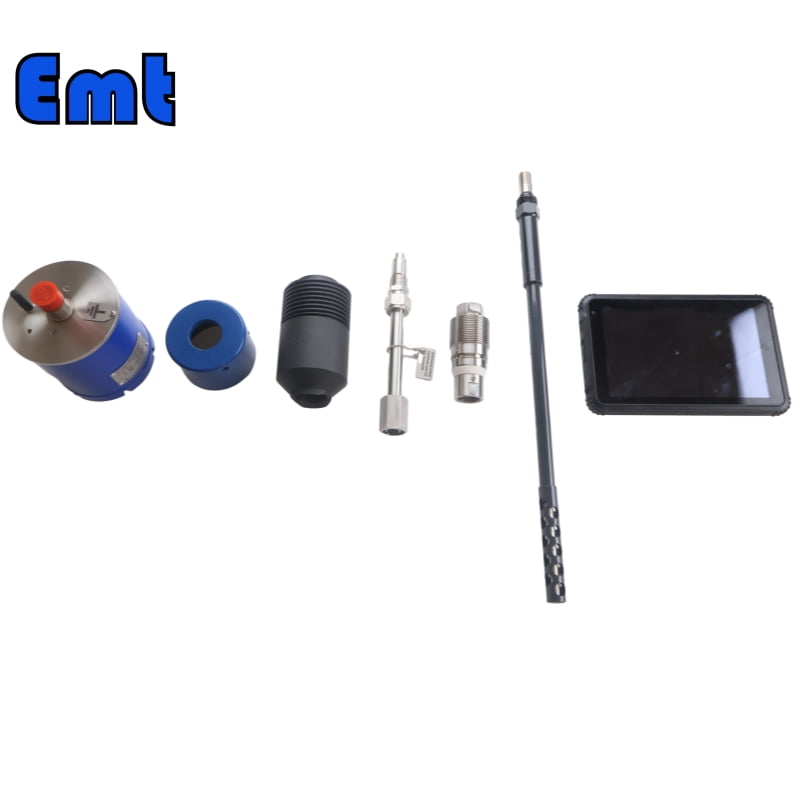
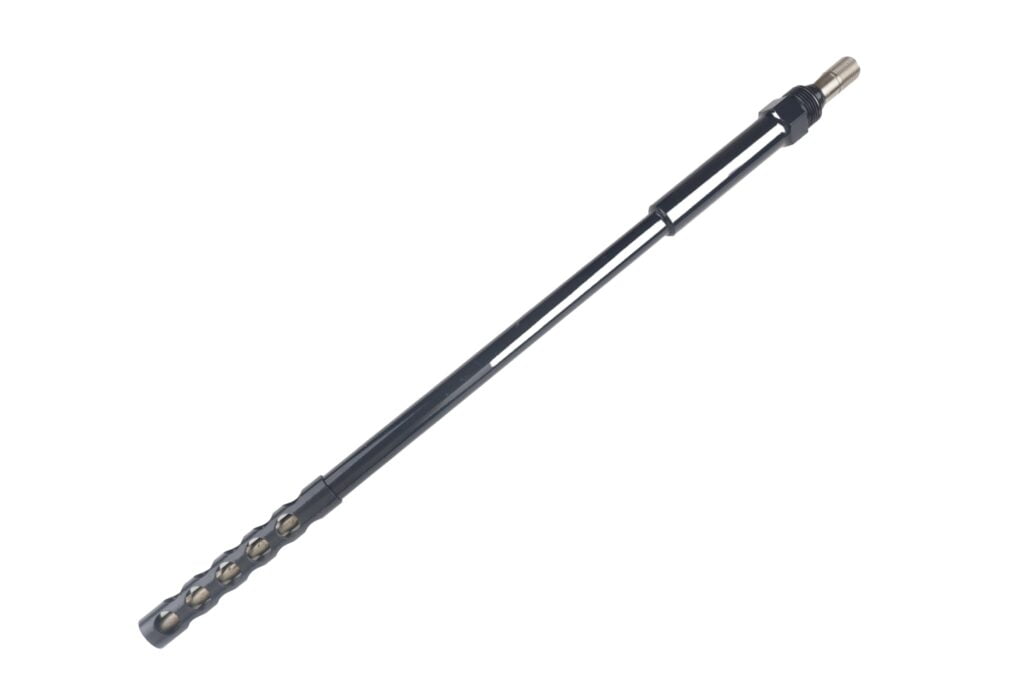

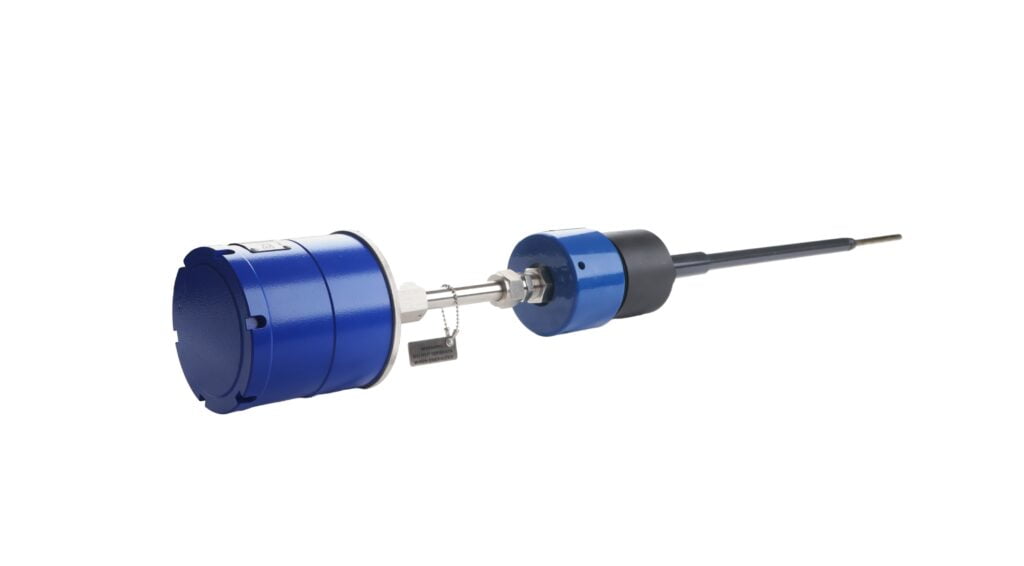
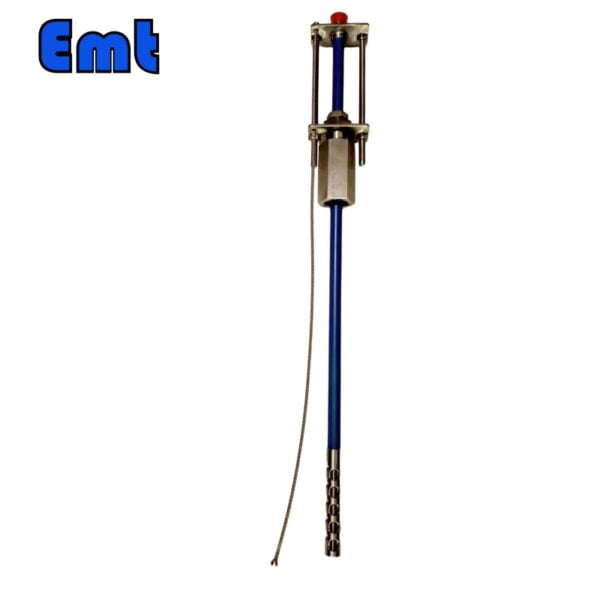
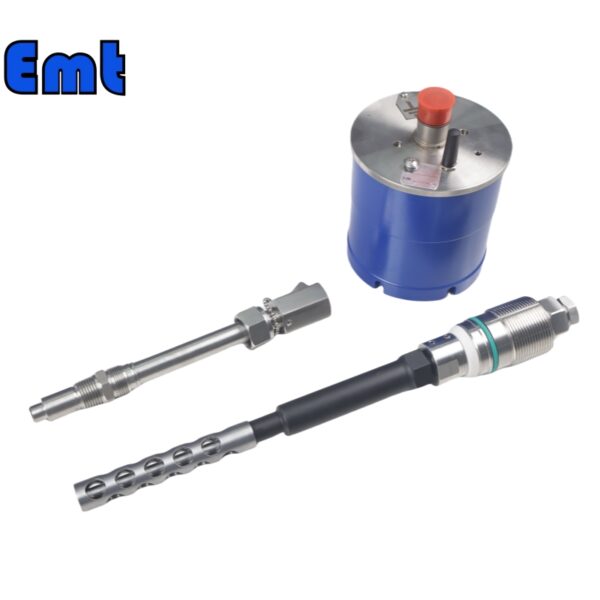
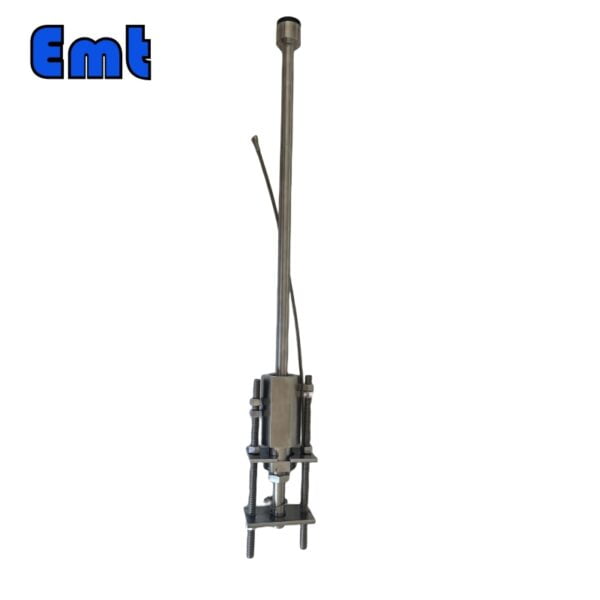
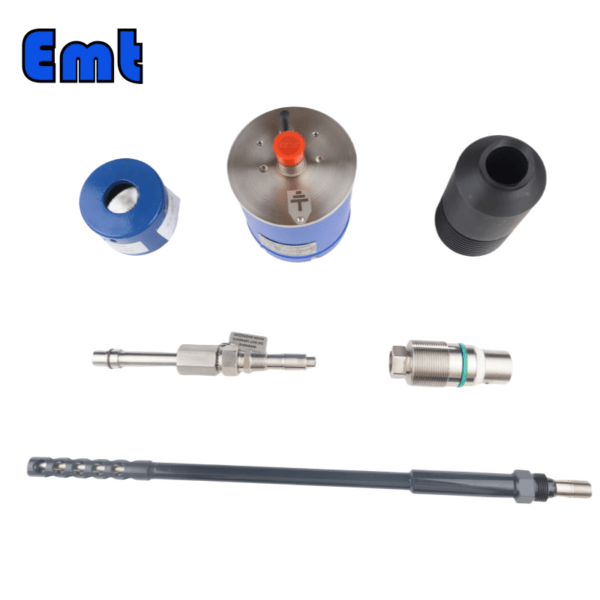
Avaliações
Não há comentários ainda.